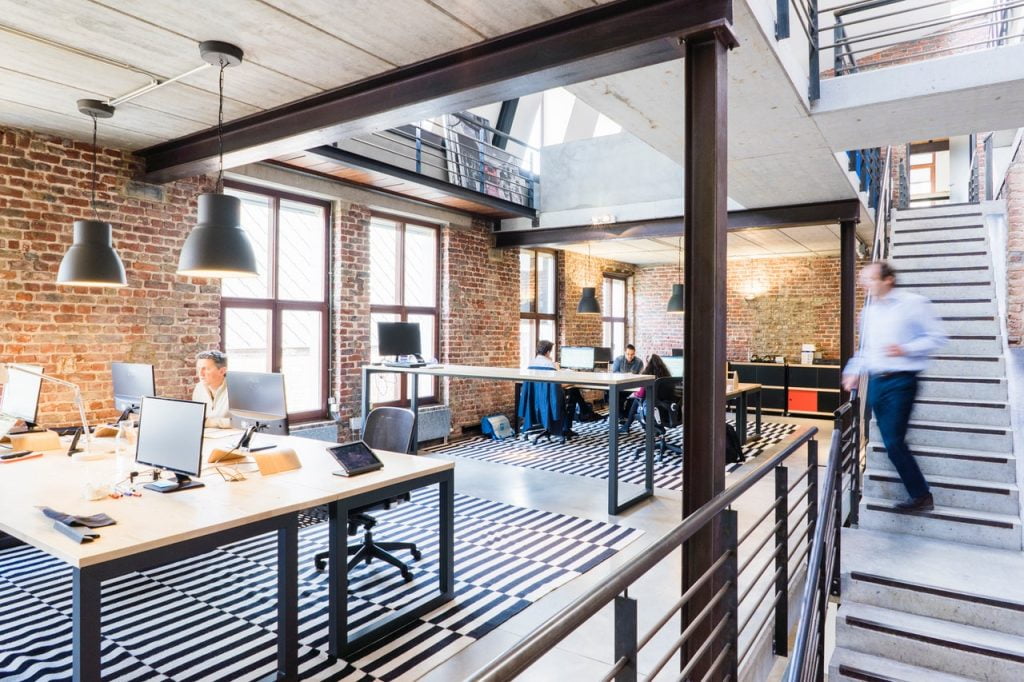Organizational behavior is a topic that many leading companies, both big and small, study to optimize performance. Management observes how employees interact with each other at work and engage with their surroundings. Informed by these findings, businesses will strategically implement change to improve productivity and office culture—which can include changing the design of a workplace to have an open plan. For decades, industries have been studying how work environments affect employees on a daily basis. So, if you work in a cool office, then your company got the memo. If not, here are the benefits of an open-plan office so that you can bring management up to speed.
First, here are the cons of open-plan offices
Research increasingly suggests that we enjoy being comfortable at work. With this in mind, many companies have their offices specifically and strategically designed to meet certain themes and to achieve certain performance goals. It’s been a few years since open-plan offices were the trend in office design when businesses and designers informed industries that open-plan offices would enhance collaboration and communication. In actuality, the research has shown otherwise.
It was thought that by dismantling physical barriers, communication and collaboration would increase, but a collaborative study found that, when firms made conversions to open-plan offices, face-to-face interactions decreased by 70%. As a counteraction, digital communications increased noticeably.
Now, if your business is highly reliant on face-to-face interaction among your team to be successful, then these numbers are scary. However, if your business model thrives on highly independent employees, like journalists or online customer service managers, then this type of “open-isolation” can potentially be good for productivity. As your team members perform their self-determined task or work that they claim from a queue, they can decide when to engage with each other.
These are the benefits
The good news is that these functional shortcomings to collaboration can be overcome by incorporating more collaborative practices and by designating spaces in the office meant just for collaboration. In most cases, this can create a balance between collaboration and autonomy that gets the job done.
Coworking spaces can improve effectiveness
Open-plan offices can also be good for your company if your team is small. Coworking spaces provide small companies with one or several desks in a shared office space. This location is shared by owners or employees of different companies, requiring no collaboration with those around you yet still fostering productivity.
Management should get creative
While it was assumed open-plan offices would improve collaboration before data proved the opposite, this doesn’t mean there are no benefits to open plan office spaces. It is more likely that open-plan office settings are more effective for specific business types, rather than a one-size-fits-all solution.
Innovative approaches that encourage collaboration can bring about desired outcomes for engagement and productivity in an open-plan office. It would be wise to pay attention to your team’s work habits. They may not enjoy this design, but if you find that your team thrives in an open plan office setting, then your company may be the perfect fit.



















